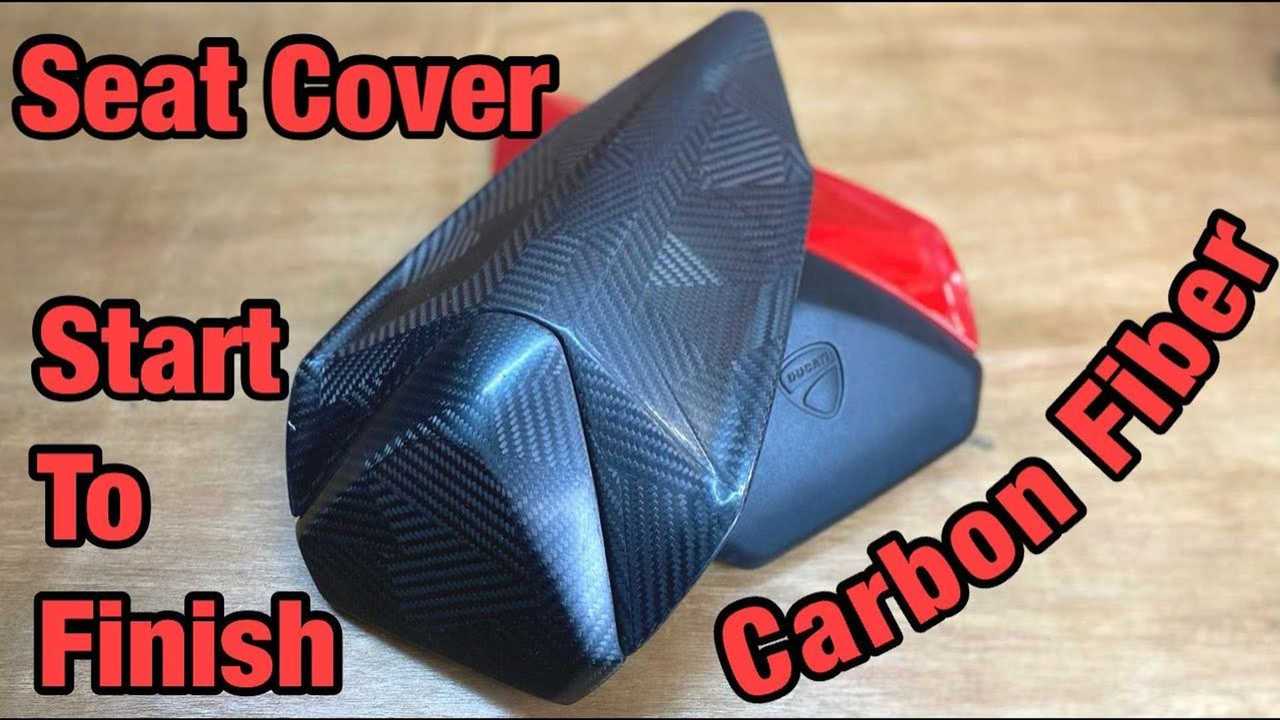Tackling your motorcycle’s bodywork can be a fun and challenging task. There are many reasons why you’d want to do this. Maybe you got into a little accident or tip over, and your fairings were cracked or scuffed. Depending on the extent of the damage, repairing them is much more affordable than buying brand new ones. Doing so, however, requires some skill which can be acquired through practice, and a lot of patience.
I’ve always been interested in making my own custom pieces out of fiberglass, and as it would turn out, it’s super easy to do, and the sky’s the limit to what you can come up with. Now, laying out the fiberglass really is the easy part. What’s difficult is coming up with the mold. Interestingly, a video posted on YouTube by ZRCarbon does an excellent job of highlighting the step by step procedures of creating your own molds for replicating parts. In this case, it’s the seat cowl for a Ducati Panigale, which has been handcrafted from carbon fiber.
Right off the bat, if you want to create molds of certain parts, you need to have the courage to actually cover them in resin and run the risk of damaging them slightly. In the video, you see heavy use of a release agent, which as the name suggests, helps release the part from the mold. At the start of the video, however, the Ducati emblem on the seat cowl had to be sanded flush in order to come up with a smooth mold.
Up next comes the most interesting part. A bunch of carbon fiber matting is laid out on the mold, and is made to undergo a process called debulking before being left to cure. Now, the purpose of debulking is to force any trapped air in between the carbon fiber layers out, thereby increasing the overall strength of the part. It does this by drawing a vacuum on the layers, as seen in the video. The process can be repeated several times if necessary.
In this particular video, the seat cowl is made using dry carbon, which actually refers to the manufacturing process. The sheets being laid out are called pre-preg carbon, or pre-impregnated carbon fiber, wherein the resin and hardener have already been incorporated into the carbon fiber sheet. This is why the whole process looks as simple as laying out a bunch of stickers, but in reality, there’s a lot more going on behind the scenes.
It certainly looks like making your own parts out of dry carbon fiber is a time-consuming, albeit extremely satisfying project. The finished product certainly looks awesome, and it’ll surely be interesting to see what else ZRCarbon will cook up. Based on the title of the video, it seems they have big plans for their Ducati Panigale 1199.
Sources: ZRCarbon via YouTube, ZRCarbon via Instagram


